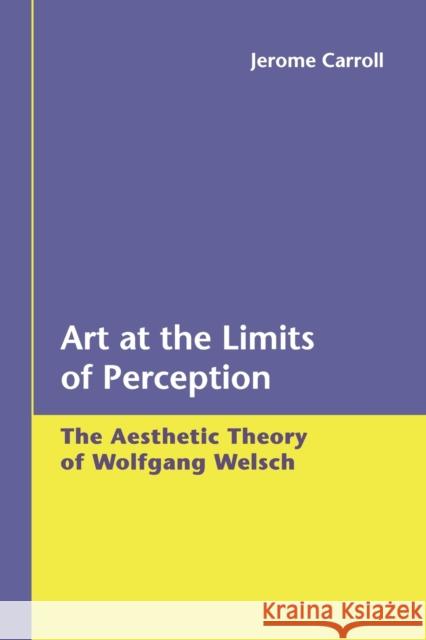Art at the Limits of Perception; The Aesthetic Theory of Wolfgang Welsch » książka
Art at the Limits of Perception; The Aesthetic Theory of Wolfgang Welsch
ISBN-13: 9783039105694 / Angielski / Miękka / 2006 / 284 str.
Art at the Limits of Perception; The Aesthetic Theory of Wolfgang Welsch
ISBN-13: 9783039105694 / Angielski / Miękka / 2006 / 284 str.
(netto: 408,21 VAT: 5%)
Najniższa cena z 30 dni: 426,31
ok. 10-14 dni roboczych
Bez gwarancji dostawy przed świętami
Darmowa dostawa!
This book traces the significance that the modulations of sensory perception have had for thinking about aesthetics and art in the last two and a half centuries. Beyond a discussion of the philosophical significance of beauty, or of the puzzle of aesthetic representation, aesthetics is conceived broadly as a means of describing our relationship to the world in terms of the habits of perception, and indeed the overturning of these habits, as in the modernist aesthetic of defamiliarisation. In the light of the ideas of the contemporary German aesthetic theorist, Wolfgang Welsch, this book offers the first discussion of the theory and practice of art that operates at the poles of perception: sensory experience that exceeds conceptual organisation, and the imperceptible, or what Welsch calls the anaesthetic . These seemingly opposite poles have many parallels: a comparable indeterminacy of meaning and a similar challenge to representation, but also a shared focus on the habits and modulations of sensory perception and a similar interrogation of the boundary between art and that which surrounds it. The author applies the categories discussed to art practice, in particular to the theatre of Peter Handke, Samuel Beckett and Heiner Muller."











